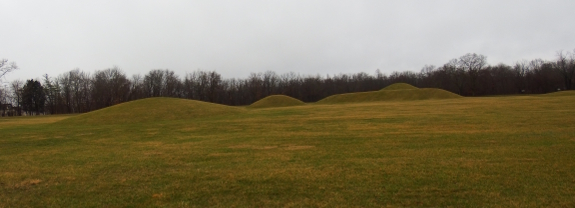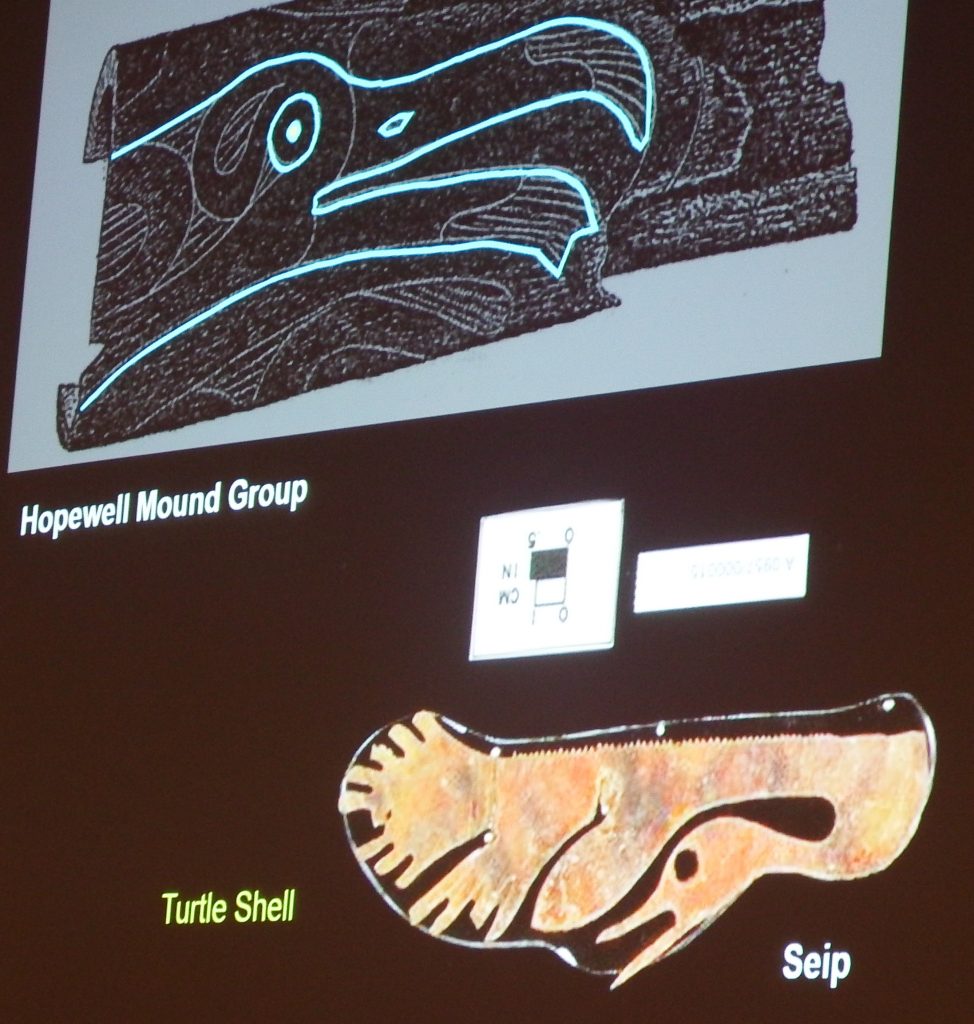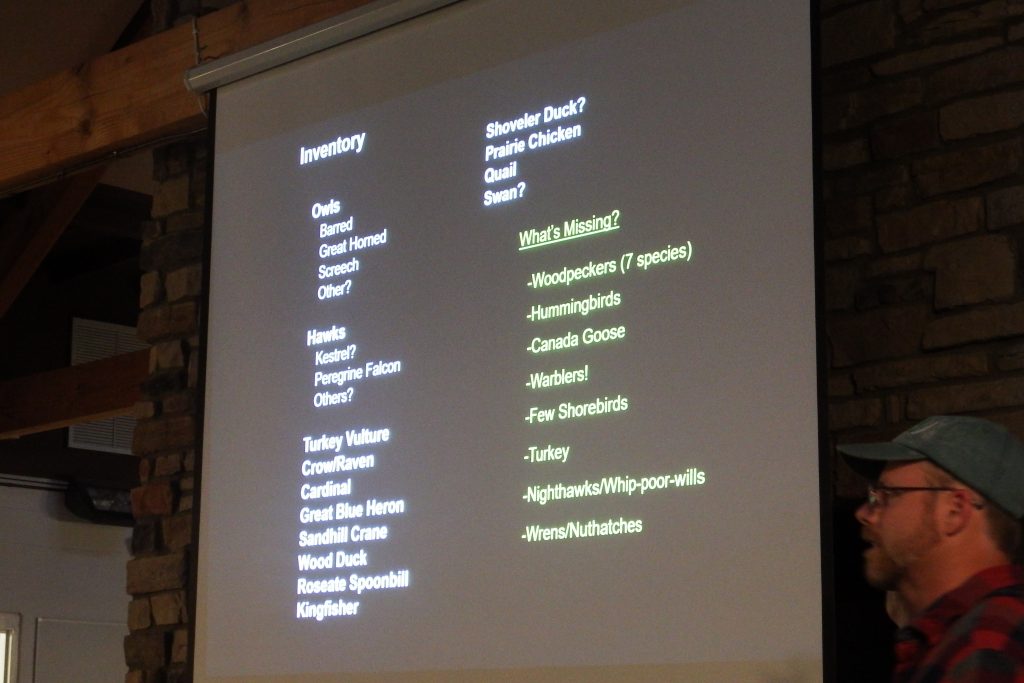
One of my favorite things about Ohio is the remnants of Adena and Hopewell cultures protected as parks or just waiting to be stumbled across in the woods. Yes, I’m talking about the 10,000 mounds scattered across the state, all dating from one to three thousand years ago.

What we mostly don’t see unless the mound is connected with a museum is the beautiful art hidden beneath the dirt. Mounds cover the sites of ceremonial buildings which in turn cover the sites of cremations…and funerary objects are often cached nearby.

Jarrod Burks of Ohio Valley Archaeology, Inc. was interested in the fact that about half the figures on Hopewell creations were birds. And not just any birds — the species portrayed tend to be large, colorful, and/or powerful like hawks, vultures, and owls.

Nowhere is this more true than on the tobacco-smoking pipes broken and cached together in two nearby sites — Mound City in Chillicothe and Tremper Mound about thirty miles away.
The two mounds in question were created within one hundred years of each other (which means the pipes could have all been made by the same artist or family). But it’s impossible to know why birds dominate the pipe landscape and why hundreds of pipes were purposefully broken then buried beneath a newly formed mound.

Archaeologists can guess, of course. They think that birds might have been revered because of their ability to visit the heavens, a realm humans can’t reach. Specifically, they suspect the many different types of birds portrayed on the Hopewell pipes were personal power symbols — a totem spirit that you’d peer at every time you smoked tobacco during a ceremony.
And why would everyone’s spirit animals be ceremonially smashed and buried at the same time? Your guess is as good as mine!